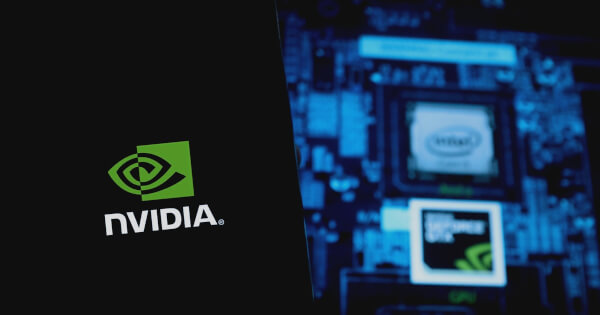NVIDIA and Partners Propel 6G Development with AI-Driven Wireless Stack

James Ding
Oct 29, 2025 10:40
NVIDIA collaborates with top US telecom leaders to introduce an AI-native wireless stack for 6G, aiming to enhance connectivity and efficiency, according to NVIDIA Newsroom.
NVIDIA, in collaboration with leading U.S. telecom companies, has announced the creation of the country’s first AI-native wireless stack designed for 6G. This initiative aims to advance next-generation wireless technology and is supported by key industry players such as Booz Allen, Cisco, MITRE, ODC, and T-Mobile, according to NVIDIA Newsroom.
AI-Driven Innovations for Next-Gen Networks
The newly developed AI-native wireless stack is built on the NVIDIA AI Aerial platform. It integrates sophisticated AI across hardware, software, and architecture to prepare future networks for the expected surge in AI traffic. This stack introduces breakthrough applications, including those with multimodal integrated sensing and communications capabilities, enhancing public safety and AI-driven spectrum agility.
AI-native networks are designed to optimize the use of radio frequencies, crucial for transmitting wireless signals. The AI-RAN architecture at the core of this development merges connectivity, computing, and sensing on a unified platform with software-defined applications. This innovation is expected to provide telecom operators with new revenue opportunities.
Collaborative Efforts and Technological Milestones
In just six months, NVIDIA and its partners have built a comprehensive AI-native wireless stack, conducted the first user-to-user phone call over the network, and developed pioneering 6G applications at NVIDIA’s Santa Clara campus. The system combines the NVIDIA AI Aerial platform with 5G RAN software from ODC, along with Cisco’s user plane function and 5G core software, and specialized 6G applications from MITRE and Booz Allen.
Cisco is playing a pivotal role in this initiative by accelerating secure network connectivity for the AI era, contributing to the foundation for physical AI and integrated sensing with enhanced efficiency and security. As Masum Mir, Senior Vice President of Cisco Provider Mobility, noted, this partnership is pioneering the future of intelligent, secure connectivity where AI is seamlessly integrated into mobile networks and services.
Breakthrough Applications and Future Implications
NVIDIA and its partners have also introduced a unique multimodal ISAC application, which combines camera vision and radio-frequency sensing to deliver precise object detection and tracking even in low-visibility conditions. This application is expected to enhance spatial awareness in critical areas such as public safety and industrial monitoring.
MITRE has developed an AI-powered spectrum agility application that optimizes wireless spectrum allocation in real-time, improving spectral efficiency and connectivity without disrupting consumer services. Booz Allen’s R.AI.DIO application further enhances network integrity by detecting and mitigating interference in real-time.
These early 6G applications, facilitated by NVIDIA AI Aerial software libraries and new AI model integrations, set the stage for the telecommunications industry’s transition from 5G to 6G, promising efficient edge AI inference and sensing capabilities to support a vast number of network connections.
For more information, visit the NVIDIA Newsroom.
Image source: Shutterstock









